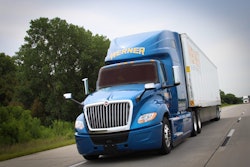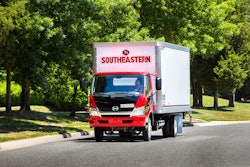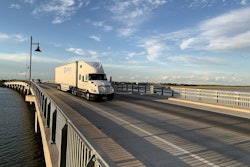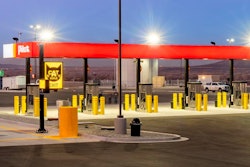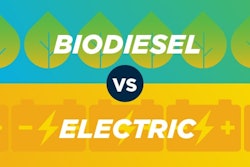Titan Freight Systems in 2010 set an ambitious goal to reduce fleet emissions by 20% within a decade.
The Portland, Oregon-based company’s Vision 2020 plan had metrics tied to fuel efficiency gains. To execute on those metrics, Titan replaced most of the 2007 EPA Tier 2 and older engine emission trucks in its fleet and invested hundreds of thousands in aftermarket products that included engine idle shut off devices, cab fairings, trailer side skirts, wheel covers and technology for monitoring driver speeds and behaviors.
By the first quarter of 2020, Titan Freight's fuel efficiency had increased by only 3% compared to the 2010 baselines, missing the 20% goal by a wide margin. President Keith Wilson didn’t blame the shortfall on selecting the wrong engines, aerodynamics or technology. Paradoxically, the vehicles' emission control systems and diesel particulate filters (DPF) had been slowing fuel efficiency progress.
Wilson decided Titan Freight needed a better fuel alternative for its less-than-truckload operations in the Pacific Northwest. “We weren’t looking at the right energy source,” he said.
 Titan Freight saw a 3% improvement in fuel economy by investing in these items, but fell short of its emission reduction goals.
Titan Freight saw a 3% improvement in fuel economy by investing in these items, but fell short of its emission reduction goals.
Cleaner-burning fuels, such as biodiesel and compressed natural gas, could lower emissions, but taking that path would require more capital and raise operating costs. Running a B99 blend of biodiesel in a truck, for example, would take a $15,000 add-on to keep the fuel warm, he said.

